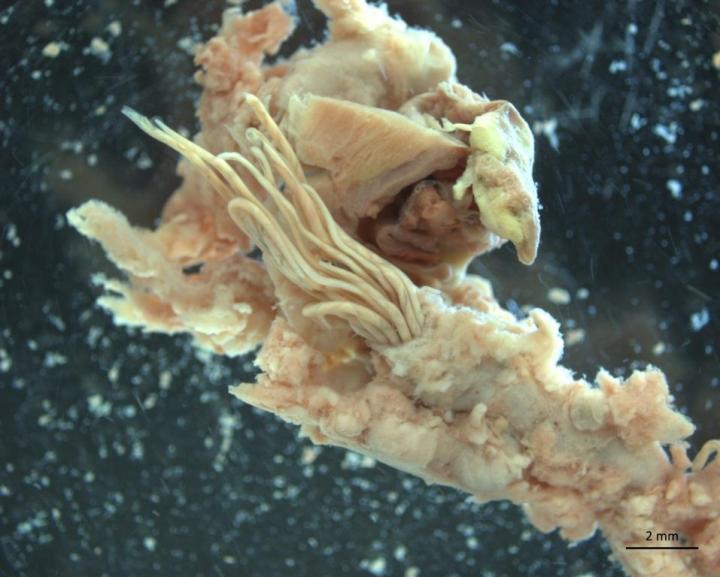Rat Lungworm Cases Are Popping Up in the US, Report Finds

Illnesses with rat lungworm, a parasitic worm that can infect people's brains, typically occur in the tropics, but in recent years, more than a dozen people in the contiguous United States have been infected, according to a new report.
The report, published today (Aug. 2) by the Centers for Disease Control and Prevention, described 16 cases of rat lungworm that occurred in eight states — California, Texas, Utah, Colorado, Arizona, Alabama, Tennessee and New York — from 2011 to 2017.
Most of the cases occurred in people who had traveled to Asia, the Caribbean or the Pacific islands, where rat lungworm is more common. But six of the cases — in Texas, Tennessee and Alabama — occurred in people who hadn't traveled outside of the contiguous U.S., meaning they likely became infected locally, the report said. [8 Awful Parasite Infections That Will Make Your Skin Crawl]
Historically, infections with rat lungworm mainly occurred in Asia and the Pacific islands, including Hawaii; but the parasite has expanded its range over time to include parts of the contiguous U.S., the CDC said.
Indeed, these cases underscore the need for doctors in the lower 48 to be aware of this parasitic infection, particularly in the southern U.S., where the local cases were reported, the researchers conclude.
Rat lungworm, or Angiostrongylus cantonensis, is a roundworm that infects rats, but also carries out parts of its life cycle in snails and slugs, according to the CDC. People can become infected with the parasite if they eat raw or undercooked snails or slugs, or if they eat fruits or vegetables that contain small snails or slugs or part of one. A human is an "accidental host" who cannot transmit the parasite to other people, the CDC said.
Among the six patients in the new report who hadn't traveled outside the contiguous U.S., two reported consuming raw vegetables; three reported "possible exposure" to snails or slugs; and one had a history of "geophagia," or the deliberate consumption of dirt or clay, the report said.
Get the world’s most fascinating discoveries delivered straight to your inbox.
In people, rat lungworm can infect the brain and cause meningitis, according to the CDC. Symptoms of an infection may include headaches, neck stiffness, nausea, vomiting and abnormal sensations in the arms and legs. Most people fully recover without treatment, but in rare cases, the infection can cause neurological problems or death, the CDC said.
Among the 12 patients with detailed medical records available, the most common symptoms were fever, generalized weakness, headache and numbness or tingling, the report said. Most patients were treated with steroids, and some also received an antiparasitic medication.
All 12 of these patients were alive two months after their first hospital visit. Nearly all patients had improved symptoms, but four had ongoing neurological symptoms and one patient started having seizures and needed antiepileptic medication, the report said.
The researchers noted that their report only included patients who had samples tested by the CDC, and so it may have missed some illnesses caused by rat lungworm in the contiguous U.S. during the study period.
To prevent rat lungworm, the CDC advises people not to eat raw or undercooked snails or slugs; and to thoroughly wash fresh produce. When traveling to areas outside the U.S. where the parasite is common, it's recommended that people also avoid eating raw or undercooked vegetables.
Original article on Live Science.

Rachael is a Live Science contributor, and was a former channel editor and senior writer for Live Science between 2010 and 2022. She has a master's degree in journalism from New York University's Science, Health and Environmental Reporting Program. She also holds a B.S. in molecular biology and an M.S. in biology from the University of California, San Diego. Her work has appeared in Scienceline, The Washington Post and Scientific American.


